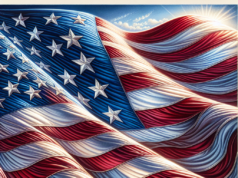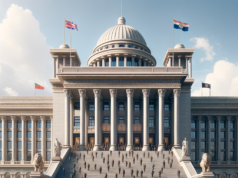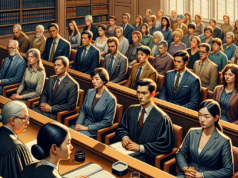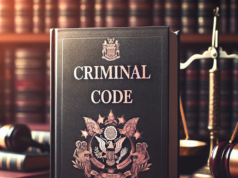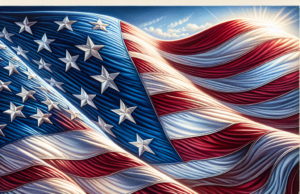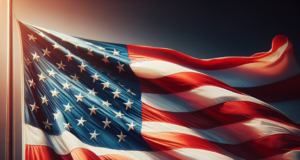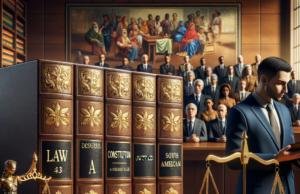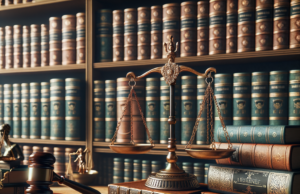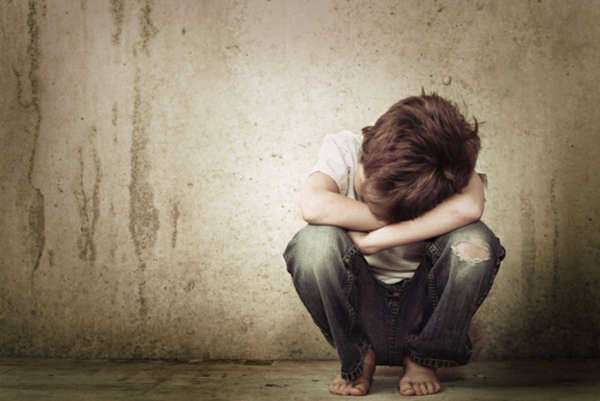
President Obama recently signed the reauthorization of the the Violence Against Women Act (VAWA) into law. This is a huge step forward for all victims of sexual and domestic violence across the country. This new legislation is better than the 1994 version because it both expands and creates federal programs that help victims of sexual and domestic violence. It is important to note that although it is called the Violence Against Women Act, men are covered under this legislation.
(More on News at LAWS.com, contact Adam for interviews “adama@laws.com”)
The Violence Against Women Act established a national hotline that anyone – women, men, gay or straight – can call if they find themselves in a domestic violence situation. The new version of VAWA goes even further by having historic provisions to protect members of the LGBT community and Native American women.
The murder trial of Jodi Arias serves as a reminder that men, just like women, can be and are also victims of domestic violence. One in fourteen has been assaulted by a partner, either current or former, at some point in their lives. Annually, more than 835,000 men are victims of domestic violence. In 2004, more than 5 percent of male homicide victims were killed by an intimate partner.
The Domestic Abuse Helpline for Men and Women (DAHMW) is a national nonprofit domestic violence organization. It specializes in offering supportive services to men who are abused by their female partners. The DAHMW is working to eliminate domestic violence through education and community collaboration. Although the DAHMW specializes in supporting men who were victims of female abusers, women and members of the LGBT community are offered the same help and support if they seek the assistance of the DAHMW.
The following is an interview with Jan Brown, Founder and Executive Director of the DAHMW, on her views about the reauthorization of VAWA, and the work of the DAHMW to help end domestic violence.
In your opinion, what does the passage of the Violence Against Women Act (VAWA) mean for victims of domestic violence?
The changes made to the Violence Against Women Act (VAWA), which was signed into law in March 2013, signifies that, we as a country, are moving towards a more enlightened and realistic view of domestic violence. The nondiscrimination clause included in VAWA 2013 recognizes that anyone, whether male or female, heterosexual, gay or transgender, can be a victim/survivor of domestic violence in need of support and services. I am in hopes that, over time, this will mean an end to the discriminatory practices that have been used in the past, practices which have left underserved victims without the necessary tools to escape violent intimate relationships.
Do you believe the new version of VAWA goes far enough to protect men against domestic violence?
I believe that the new version goes far enough to protect gay and transgender (MTF/FMT) men in abusive relationships. It's widely accepted that domestic violence occurs in gay relationships as frequently as in heterosexual relationships.
The new version of VAWA has the capacity to protect heterosexual men against domestic violence. However, it will take more than a nondiscrimination clause and opening up funding to under served populations to address the issue of female on male violence.
For more than four decades battered women's advocates and the media (via battered women's advocates) has defined domestic violence as, violence against women…by men. Our society has been led to believe that the most prevalent cause of domestic violence is men's patriarchal need to oppress, dominate and control women.
This may have been the case decades ago, however, society has changed a great deal since the advent of the battered women's movement. Women's roles have also changed tremendously due to the laudable and courageous efforts of women's rights activists.
However, as long as battered women's advocates continue to downplay and minimize male victimization and women's violence e.g. women use violence to defend themselves etc., society will continue to believe the, "women are victims-men are perpetrators" mantra and little will change.
The 2006 version of VAWA included a provision in Section 3 regarding nonexclusivity/nondiscrimination to wit;
"(8) NONEXCLUSIVITY.—Nothing in this title shall be construed to prohibit male victims of domestic violence, dating violence, sexual assault, and stalking from receiving benefits and services under this title." (https://www.gpo.gov/fdsys/pkg/BILLS-109hr3402enr/pdf/BILLS-109hr3402enr.pdf)
Shortly after VAWA was reauthorized in 2006 The National Task Force to End Sexual and Domestic Violence Against Women published a paper on, "Frequently Asked Questions About VAWA and Gender." https://www.ncdsv.org/images/FAQ_VAWA%20and%20Gender.pdf In that paper they stated that nothing in the Act (VAWA) denies services, programs, funding, or assistance to male victims of violence.
However, my condensed version of what the paper is actually saying is that women suffer more negative consequences from domestic violence (no doubt), male victims of female violence are as rare as a sunflower in the desert and intimate partner violence against men is overwhelming committed by male perpetrators (they state this last one in the paper). https://www.ncdsv.org/images/FAQ_VAWA%20and%20Gender.pdf
Since the passage of VAWA 2006, IMHO, little has changed with regards to supportive services for male victims. The nondiscrimination clause in VAWA 2013 is much more strongly worded than the nonexculsivity clause in VAWA 2006. Hopefully the new provision will make a difference.
Do you believe there are enough services available to cater to the specific needs of male victims of domestic violence?
Not at the present time. Male victims need much the same services as their female counterparts, support, legal aid, safe housing, counseling etc. I have made hundreds of calls over the past twelve years to domestic violence shelter programs across the country on behalf of heterosexual and gay male victims who call our helpline seeking supportive services. Approximately 90% of the shelter programs I called advised me that they didn't help men. Many told me that men rarely call their hotline (for women) or that when men did call they referred them out to the local homeless shelter or batterer's intervention program.
Most programs that do offer services to both female and male victims offer only limited services e.g. phone support, one on one counseling and assistance with filing restraining orders, to male victims.
What has the DAHMW been able to achieve in terms of advancing the cause of male domestic violence victims?
Singularly and in collaboration with researchers and others who work in the domestic violence field DAHMW has been able to bring more awareness to the issues that male victims face. We have achieved this through studies focused on male victims and presentations at universities and domestic violence conferences.
Further, although we do not get any of the state and federal funding that traditional domestic violence victims’ service programs receive, we have been able to help some male victims with temporary shelter, food, clothing, bus tickets etc.
As a society, do you think we have come far since the first passage of VAWA in 1994?
We have come a long way in stopping violence against women by men but there is so much more to do if we ever hope to end all domestic violence.
If you are a man or woman facing domestic violence, please contact DAHMW for help. For more information on domestic violence, please visit the Domestic Violence Page.
Interviewed with Jan Brown of the Domestic Abuse Helpline for Men & Women, Harmony, Maine

